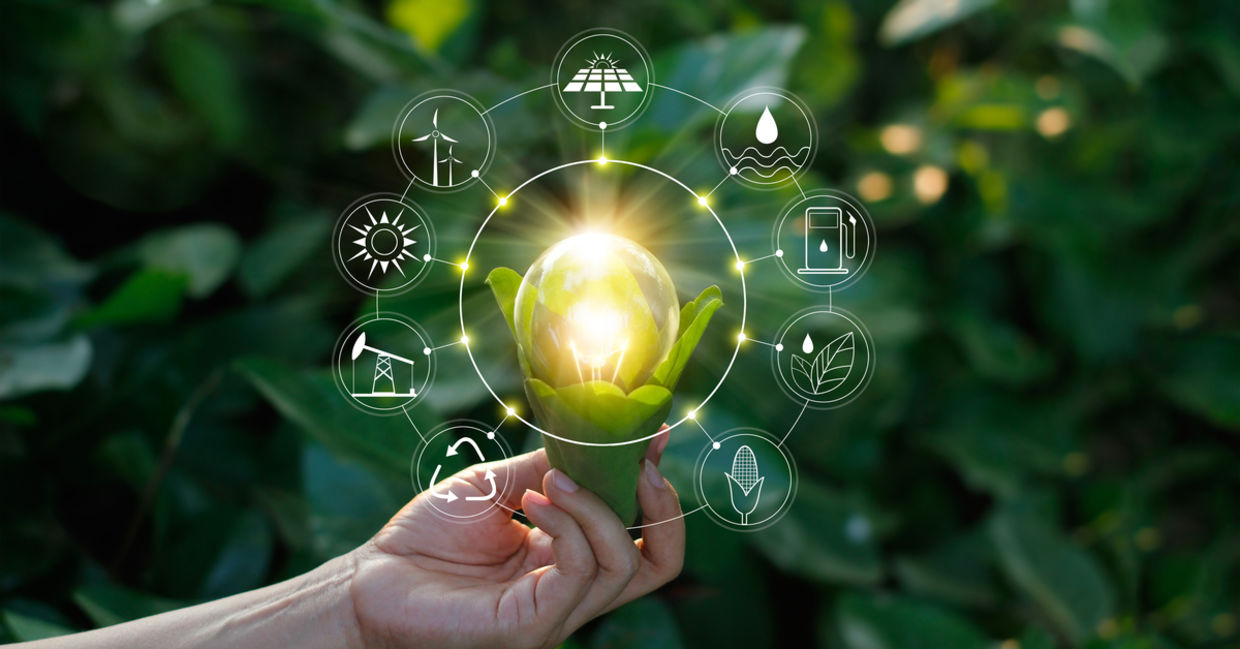Discover Green Tech: Eco-Friendly Solutions for Today
In the modern era, the urgency of addressing environmental challenges has catalyzed a wave of innovation known as green technology. These eco-friendly solutions are designed to mitigate the adverse effects of human activities on our planet. Green tech encompasses a broad spectrum of advancements, from renewable energy sources to sustainable agriculture practices. This article explores the multifaceted landscape of green technology and its impact on our world.

Renewable Energy: Harnessing Nature’s Power
Solar Energy
Solar energy stands at the forefront of green technology. Photovoltaic cells, commonly known as solar panels, convert sunlight directly into electricity. This technology has evolved significantly, offering higher efficiency and lower costs. Solar farms are now ubiquitous, and rooftop solar panels provide homeowners with a sustainable alternative to conventional power sources.
Wind Energy
Wind energy harnesses the kinetic energy of wind through turbines. Modern wind farms, both onshore and offshore, generate substantial amounts of electricity without emitting greenhouse gases. Advanced turbine designs and materials have improved efficiency and durability, making wind power a cornerstone of renewable energy strategies worldwide.
Hydropower
Hydropower, utilizing the energy of flowing water, is one of the oldest and most reliable forms of green technology. Innovations in micro-hydropower systems allow for the generation of electricity in smaller streams and rivers, expanding the potential for clean energy production in diverse environments.
Sustainable Transportation: Reducing Carbon Footprints
Electric Vehicles (EVs)
Electric vehicles are revolutionizing transportation. Powered by electricity rather than fossil fuels, EVs produce zero tailpipe emissions. Advances in battery technology have extended the range and reduced the charging time of EVs, making them a viable option for everyday use. The proliferation of charging stations further supports the adoption of this green technology.
Public Transportation
Improving public transportation systems is another crucial aspect of sustainable mobility. Electric buses, trams, and trains reduce the reliance on individual car usage, thereby lowering overall emissions. Investment in public transit infrastructure not only benefits the environment but also enhances urban livability.
Sustainable Agriculture: Feeding the Future
Precision Farming
Precision farming employs technology to optimize crop yields and reduce waste. Utilizing GPS, IoT devices, and data analytics, farmers can apply water, fertilizers, and pesticides more efficiently. This approach minimizes environmental impact and conserves resources, promoting a more sustainable agricultural system.
Vertical Farming
Vertical farming represents a paradigm shift in agriculture. By growing crops in vertically stacked layers within controlled environments, this method drastically reduces land and water use. LED lighting and hydroponic systems allow for year-round cultivation, enhancing food security while minimizing ecological footprints.
Waste Management: Turning Trash into Treasure
Recycling and Upcycling
Recycling transforms waste materials into new products, reducing the need for virgin resources. Upcycling, a creative form of recycling, repurposes discarded items into higher-value products. These practices help mitigate the environmental impact of waste and foster a circular economy.
Composting
Composting organic waste returns nutrients to the soil, enriching it naturally. This process reduces landfill usage and greenhouse gas emissions. Community composting initiatives and home composting kits make it easier for individuals and businesses to participate in sustainable waste management.
The Future of Green Technology
Green technology is not static; it evolves with scientific advancements and societal needs. Emerging technologies like algae biofuel, carbon capture and storage, and smart grids hold the promise of further reducing our environmental impact. The integration of artificial intelligence and machine learning into green tech solutions enhances efficiency and innovation.
By embracing and investing in these eco-friendly solutions, we pave the way for a sustainable future. The collective effort of individuals, communities, and governments is essential to realize the full potential of green technology. As we discover and implement these innovations, we move closer to a harmonious coexistence with our planet.



